Rhinoscopy

specialists

equipment

treatment
General information about the procedure
Features of nasal rhinoscopy in children
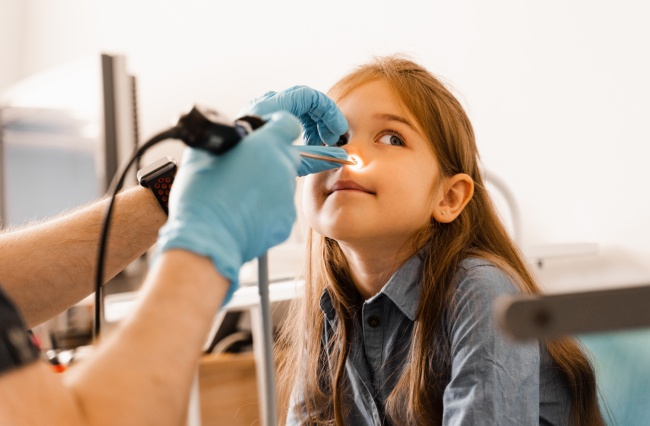
Infants and preschool children often react negatively to medical procedures. Therefore, specialists working in private clinics try to perform rhinoscopy on a child as quickly and as gently as possible. In most cases, doctors abandon the use of nasal dilators in favor of smaller instruments, such as ear specula.
In this case, the doctor limits himself to a visual examination, slightly lifting the tip of the child’s nose. If a dilator is still needed, the mucous membrane is pre-treated with an anesthetic spray.
In more complex situations, when a thorough examination or surgical procedures are required, rhinoscopy in children is performed under general anesthesia. This allows you to simultaneously examine the nasal cavity and carry out the necessary manipulations, for example, take biomaterial for analysis.
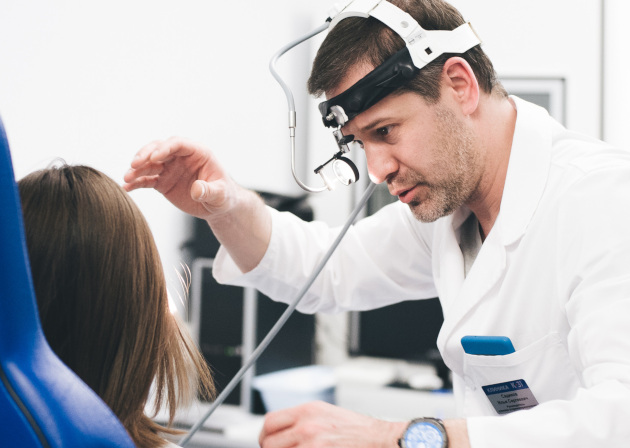
How is an appointment with an otolaryngologist at K+31?
Our doctors
Make an appointment at a convenient time on the nearest date

This award is given to clinics with the highest ratings according to user ratings, a large number of requests from this site, and in the absence of critical violations.

This award is given to clinics with the highest ratings according to user ratings. It means that the place is known, loved, and definitely worth visiting.

The ProDoctors portal collected 500 thousand reviews, compiled a rating of doctors based on them and awarded the best. We are proud that our doctors are among those awarded.
Price

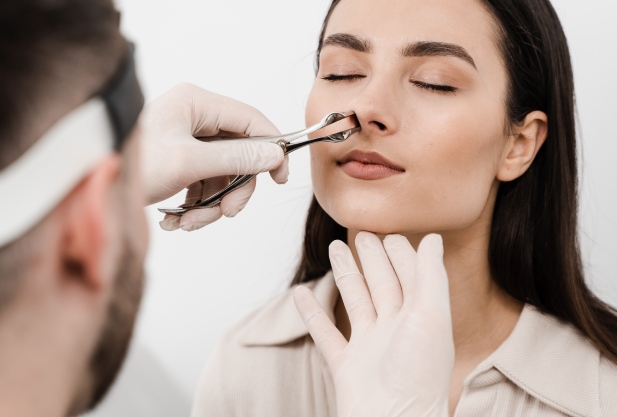
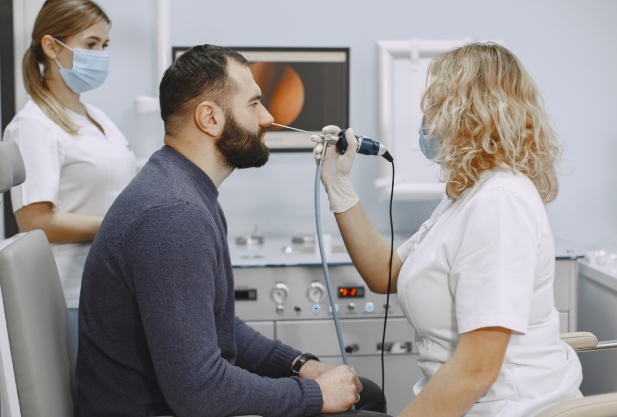
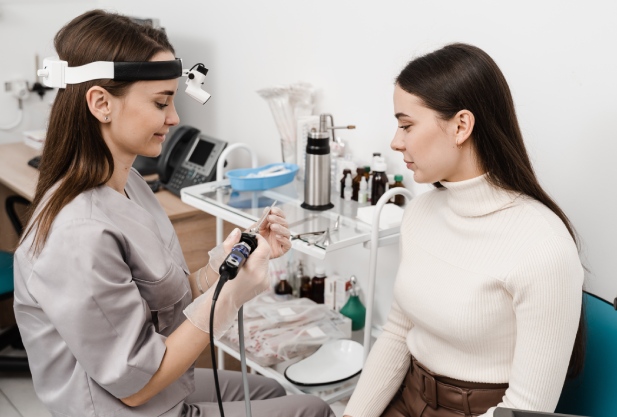
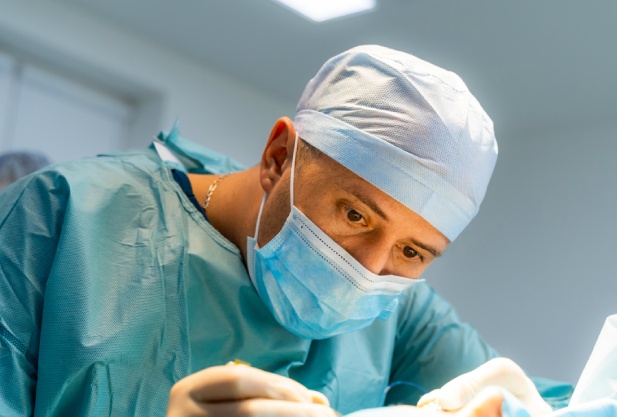
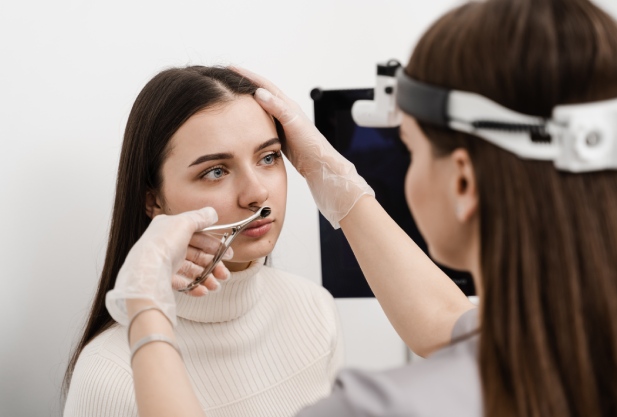

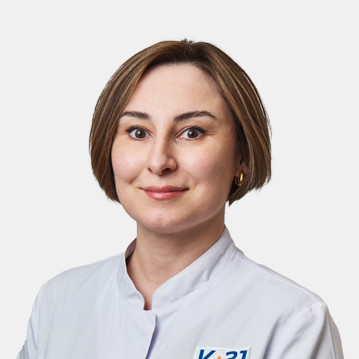
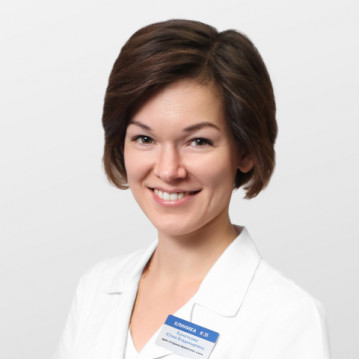

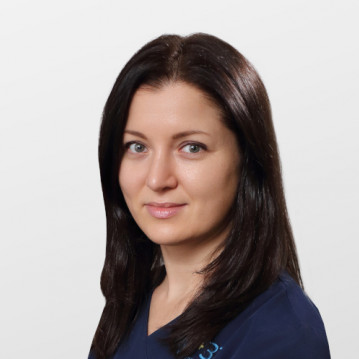
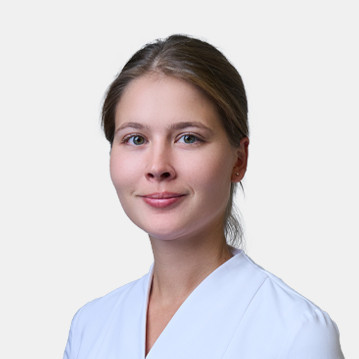
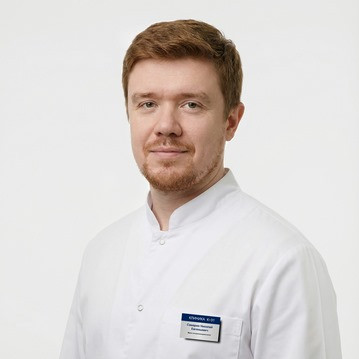
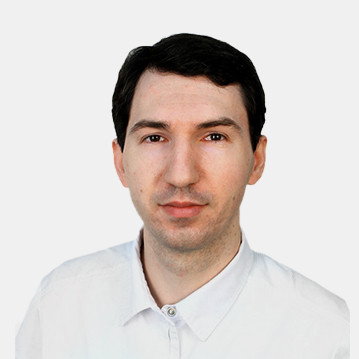
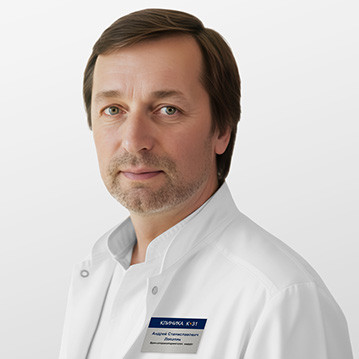
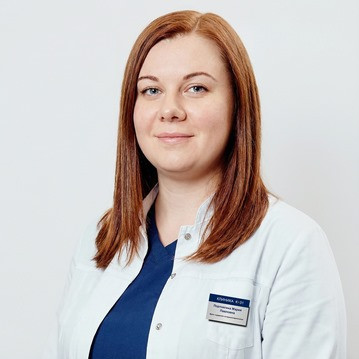
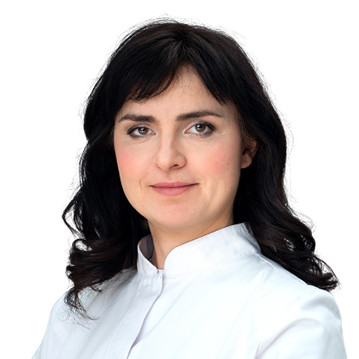
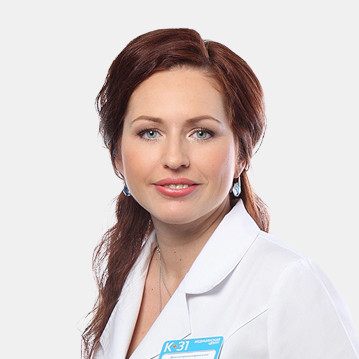
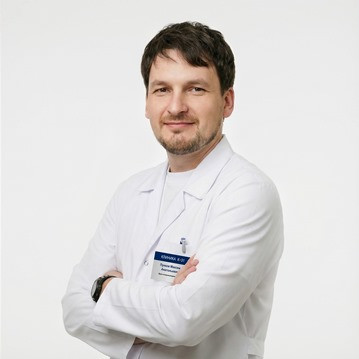
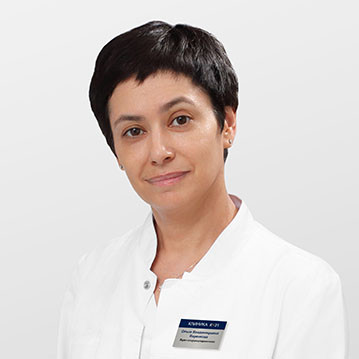
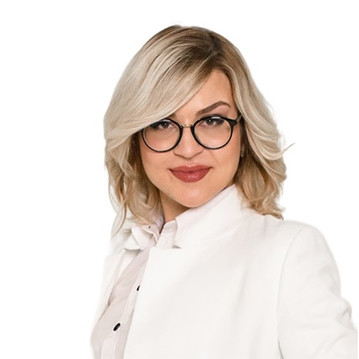
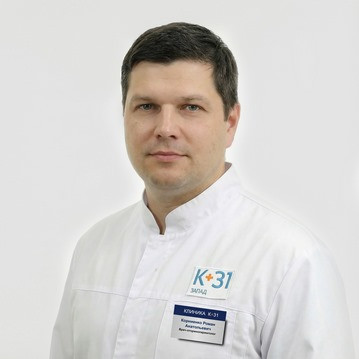
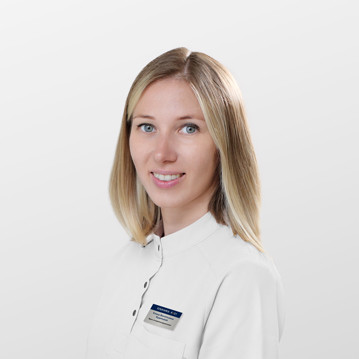
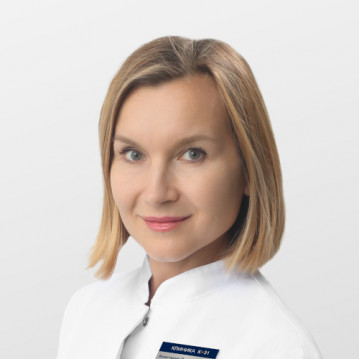
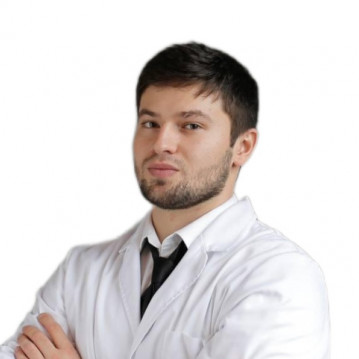

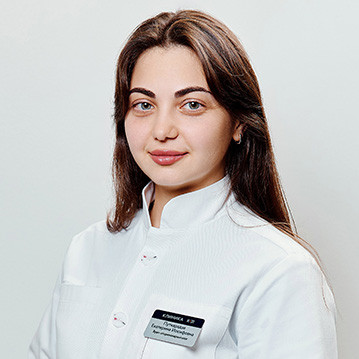
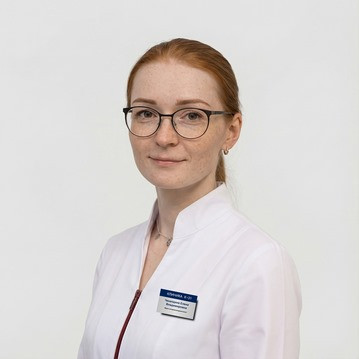
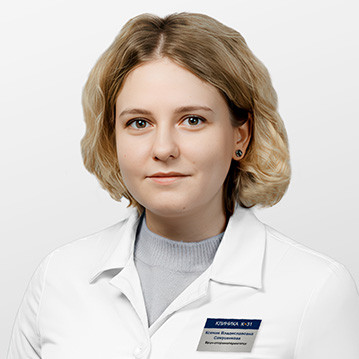
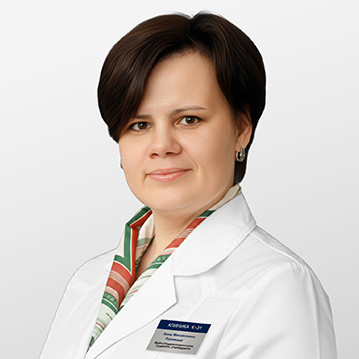

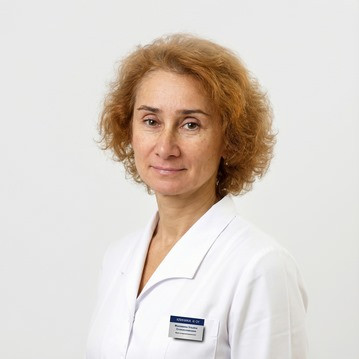
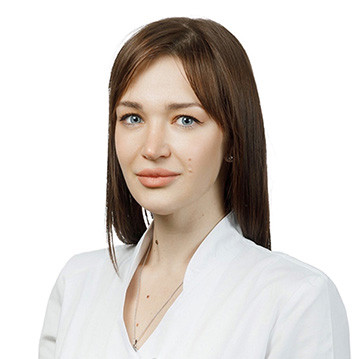







When is rhinoscopy necessary?
The procedure is performed for frequent nosebleeds.
It is also shown when:
In addition, it is prescribed for identified diseases of the nasopharynx. Rhinoscopy can be anterior, middle and posterior.